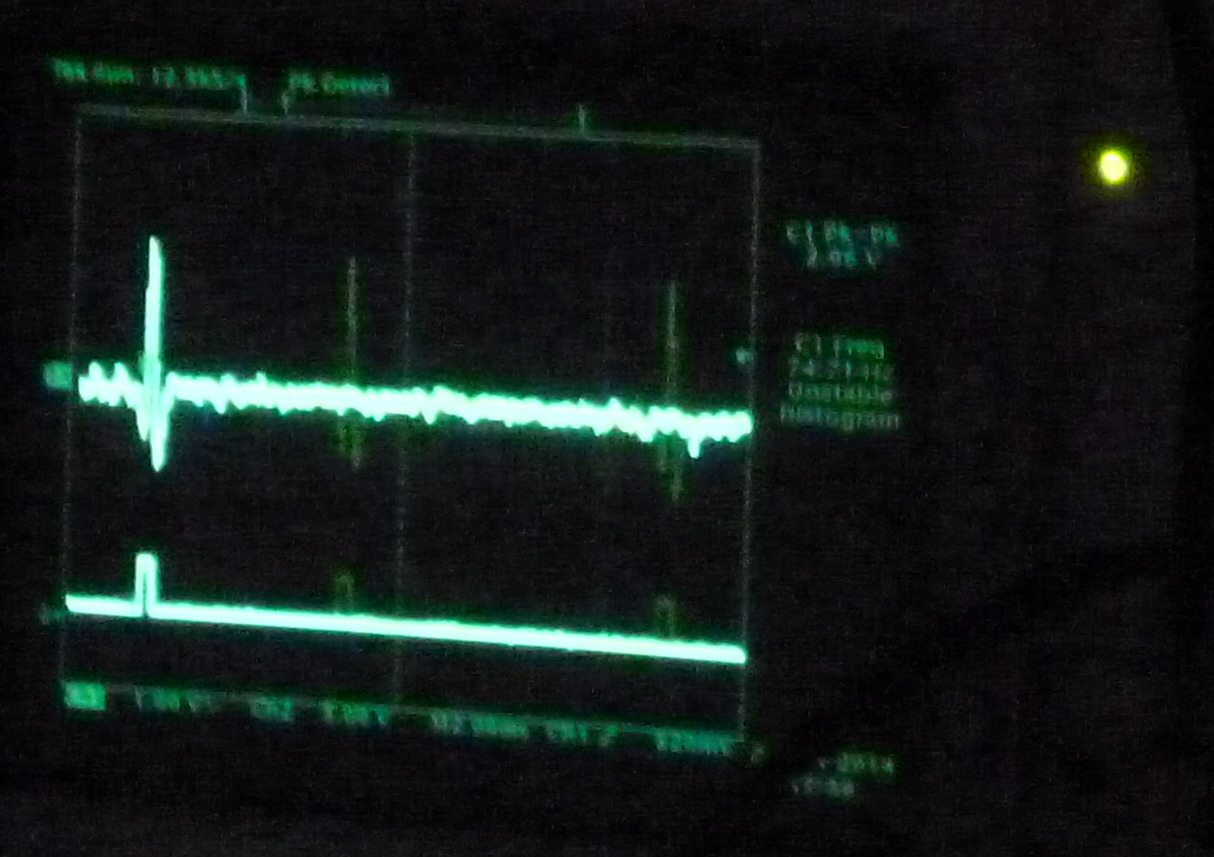Why Neurobiophysics?
In recent past, Biology research has been increasingly receiving contributions from the so-called Exact Sciences, such as Physics, Mathematics and Computer Science. Among new disciplines created by this movement are Systems Biology and BioInformatics. For example, complex algorithms for processing human genome data were developed by researchers whose main background was not in Biology.

This seems to be particularly true in Neuroscience, and culminated in the creation of a very interdisciplinary field called Computational Neuroscience. In the past few decades, exciting advances have been achieved, and almost everyday are published novel and appealing findings all over the world. For instance, the identification of neuronal synaptic pathways (Figure 1) and receptive fields, allied with computational techniques, give us the opportunity to study information flow, starting from sensory organs, in the peripheral nervous system, all the way to the cortex and back to the motor system.
We are, however, far from quantitatively understanding the whole picture: how these systems communicate and relate. For instance, we still do not have a cheap robot able to buy our breakfast for us in the nearest coffee shop. We can only say that we understand a biological system when we are able to build a similar tool with similar efficiency. In this sense, physicists are confident that they can make great contributions, isolating biological subsystems and learning from the biologists which variables and parameters should be controlled.

One of our goals is to analyze the brain and its constituents from the Complex Systems viewpoint and to obtain a structural understanding of its dynamics. Monitoring the brain activity (Figure 2) using techniques from Physics provoked a true revolution, enabling the researcher almost to "read the thoughts" of the subject. Multi-electrode registration made it possible to acquire large amounts of data while an experiment was performed, which also boosted the development of new mathematical techniques to analyze this data.
We are, nonetheless, very far away from an understanding of the brain's modus operandi. To approach this herculean task, the most obvious thing to do is to investigate simpler systems, mimicking Galileo on his famous free fall studies. Nature tends to recycle solutions that worked in simpler situations. The greatest obstacle involved in using the experimental and theoretical background from Physics in a biological research is to conduct in vivo experiments and to analyze their results in a context where the most significant parameters can be measured and controlled, while minimizing interference with the animal behaviour. Finally, all results should be reproducible within permissible errors due to the unavoidable biological noise.
